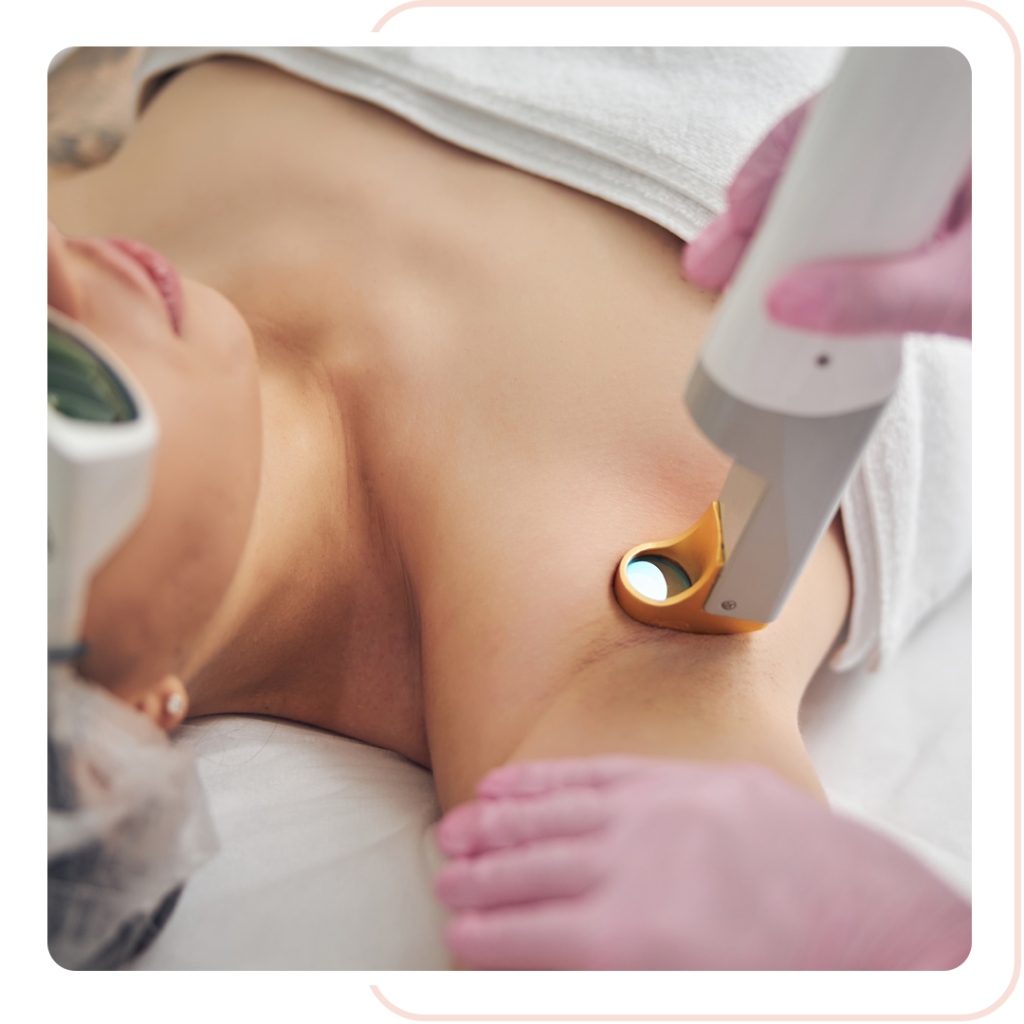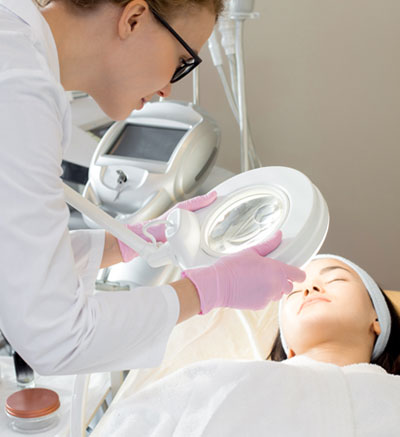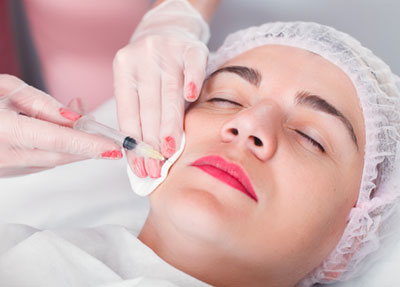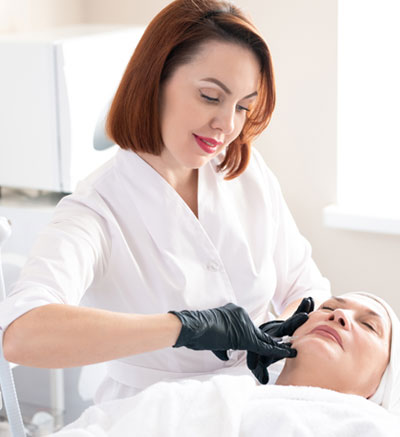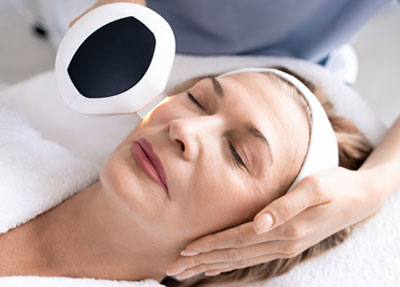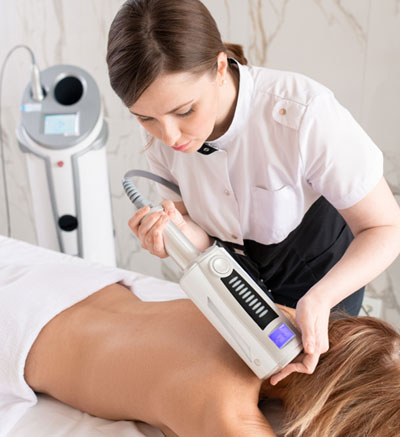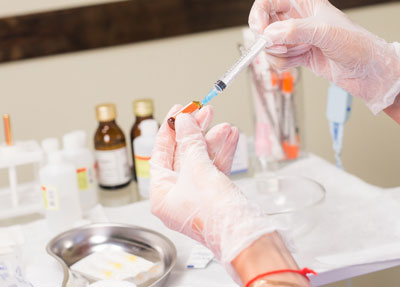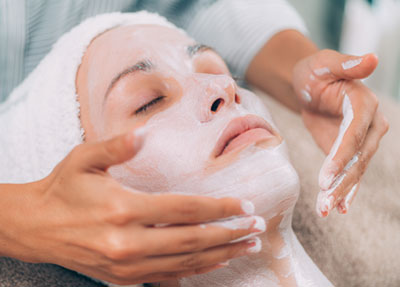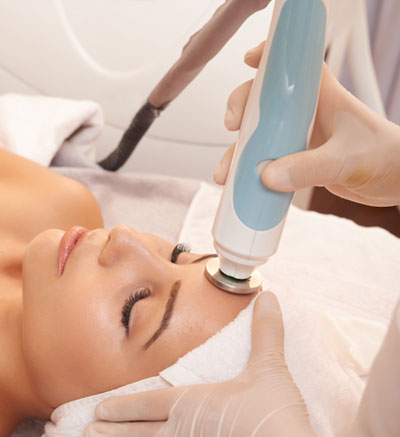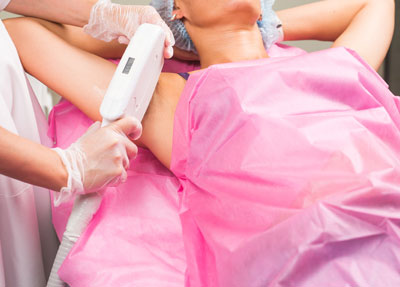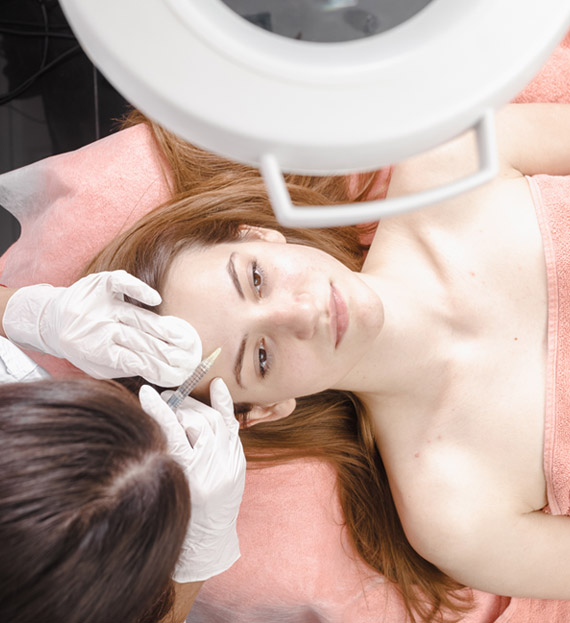Laser Hair Removal
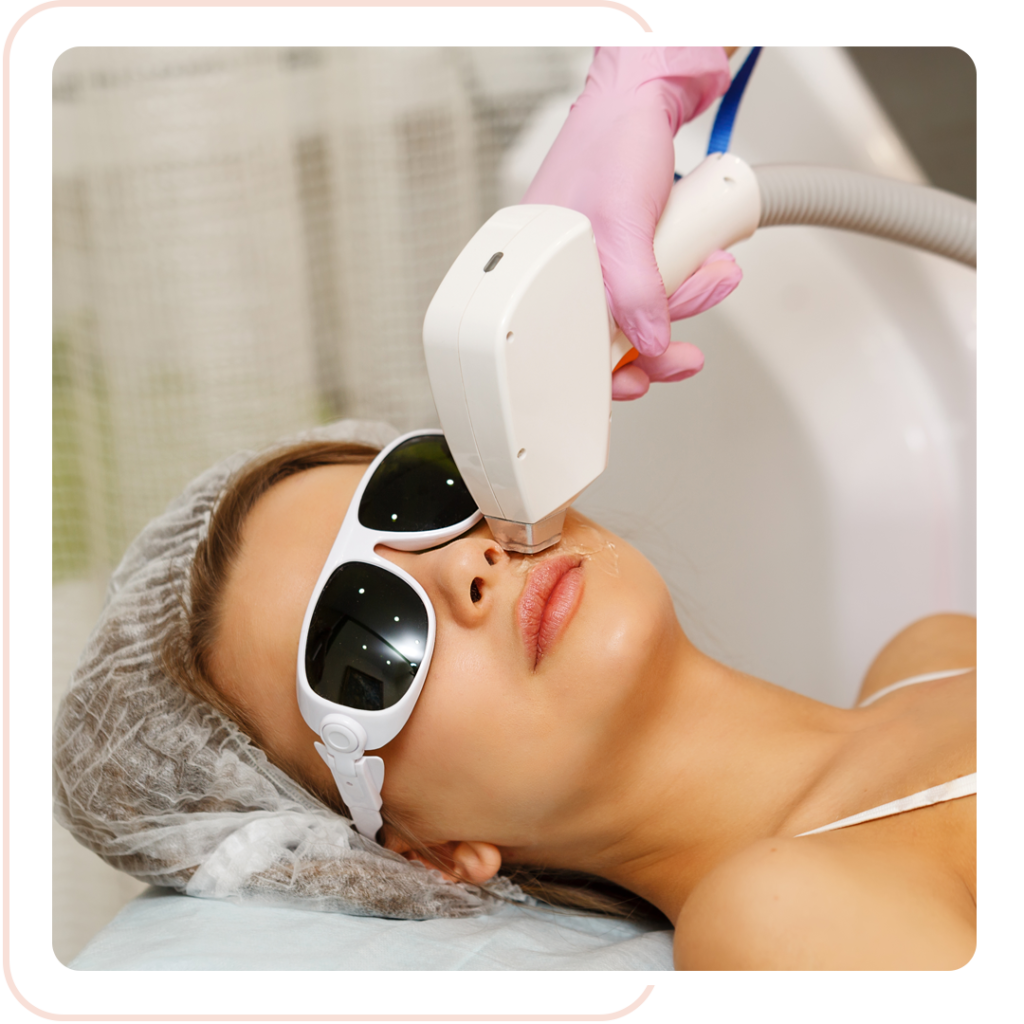
Blisters are rare but are more likely in people with darker complexions. Other potential side effects are swelling, redness, and scarring. Permanent scarring or changes in skin color are rare.
What is laser hair removal?
Laser hair removal is a procedure to remove unwanted hair on your body. It’s non-invasive, which means it doesn’t require any cuts in your skin. People may get this treatment on any part of their body, but the most common areas are:
- Face.
- Underarms.
- Bikini area, or any areas that grow pubic hair.
- Back.
- Legs.
Laser hair removal is one of the most commonly done cosmetic procedures in the world. It beams highly concentrated light into hair follicles. Pigment in the follicles absorb the light. That destroys the hair.
Depending on the laser or light source used, you and the technician will need to wear appropriate eye protection. It will also be necessary to protect the outer layers of your skin with a cold gel or special cooling device. This will help the laser light penetrate the skin.
Next, the technician will give a pulse of light to the treatment area and watch the area for several minutes to make sure the best settings were used and to check for bad reactions.
When the procedure is completed, you may be given ice packs, anti-inflammatory creams or lotions, or cold water to ease any discomfort. You may schedule your next treatment four to six weeks.
Benefits of Laser Hair Removal:
Lasers are useful for removing unwanted hair from the face, leg, chin, back, arm, underarm, bikini line, and other areas.
Benefits of laser hair removal include:
Precision: Lasers can selectively target dark, coarse hairs while leaving the surrounding skin undamaged.
Speed: Each pulse of the laser takes a fraction of a second and can treat many hairs at the same time. The laser can treat an area approximately the size of a quarter every second. Small areas such as the upper lip can be treated in less than a minute, and large areas, such as the back or legs, may take up to an hour.
Recovery and Risks:
Lasers are useful for removing unwanted hair from the face, leg, chin, back, arm, underarm, bikini line, and other areas.
Benefits of laser hair removal include:
Precision: Lasers can selectively target dark, coarse hairs while leaving the surrounding skin undamaged.
Speed: Each pulse of the laser takes a fraction of a second and can treat many hairs at the same time. The laser can treat an area approximately the size of a quarter every second. Small areas such as the upper lip can be treated in less than a minute, and large areas, such as the back or legs, may take up to an hour.
Post treatment:
- Redness & Bumps are normal.
- Cleanse the area treated gently.
- No makeup & lotion/moisturizer/deodorant for the first 24 hours.
- Dead hairs will begin to shed 5-30 days after your treatment.
- Avoid the sun.
- Do not pick/scratch/wax/thread/tweeze the area.
- Hair growth varies.
- It is a perfectly normal reaction for the skin to itch after laser hair removal. Certain areas might be more sensitive than others e.g. the bikini line area or legs. In particular if you have also suffered from ingrown hairs it may be those areas which are particularly itchy.
- After the procedure, the skin will be sensitive and might feel somewhat irritated. Avoid any irritants that could harm your skin. Do not use active ingredients like alpha hydroxy acids, beta hydroxy acids, or retinol. Also, avoid direct sunlight or UV rays while your skin is healing.
- Aloe vera gel is an excellent way to take care of yourself post-laser treatment. Apply the cooling gel to the affected area for up to 3 days after treatment. Aloe vera gel helps to keep your skin moisturized as well as speed the healing process with it’s anti-inflammatory and wound healing properties.
you have to shave in between each session of laser hair removal. During your course of treatment you can shave any hairs that may regrow. After your first laser hair removal session you will notice that you won’t need to shave as much as before. After 2-3 sessions you may only need to shave less than before in a 4-6 week period.
Some swelling and redness are common after laser treatments, particularly after treatments that affect the outer layers of skin. Cold compresses and ice packs can help to bring down swelling and minimize redness. They can also feel soothing to irritated skin.
- How do you get rid of redness after laser hair removal?
Try a fragrance-free aloe vera, or non-comedogenic after sun products). You can also use ice packs or cold wash cloths as compresses to reduce swelling, or sensations of burning or itching.
Avoid very hot baths, showers, steam baths or saunas, and don’t swim in strong chlorinated water for two or three days. Don’t use bleaching creams or perfume products for 24 to 48 hours. Avoid exfoliating or peels for one week. Try to avoid wearing tight clothing for two or three days.
- Do Burns from laser hair removal go away?
Fortunately, the burn does not seem severe. They will heal on their own and go back to normal, however, I suggest to keep the area moist using a dermatologist prescribed cream to avoid friction against clothes.
For 3 – 5 days after your treatment, apply Polysporin as well as a skin moisturizer such as Aquaphor Healing Ointment. You should also keep the area covered with a sterile dressing throughout this period. Blistering is common and is likely to occur the day following your treatment.
- Do not popping or picking blisters and scabs.
- How long after laser can I shower?
To limit skin irritation after laser hair removal, you take a hot shower or a hot bath for 48 hours. If you want to bathe or shower, keep the water at a lukewarm temperature. This is because you

